In the Studio with Robert Chase Heishman
We recently met photographer, Robert Chase Heishman at his studio space which he shares with his partner and fellow artist, Cathy Hsiao. Like many creative studios in Chicago, the familiar sounds of the L train vibrate in the background, as you visually take in what makes these artists’ practices so special. My colleague and I navigate through a landscape of Hsaio’s sculptures at the entrance to find ourselves in Heishman’s workspace nearest the windows, which have film negatives taped to them, sunlight streaming through. On the walls surrounding us, prints of all sizes are pinned, taped, or framed, traveling up to the ceiling.
Heishman’s practice looks to explore the world at large, ever eager to record and present humanity through his camera lens. He moves between photojournalism, documentation, and art curation to present a bigger picture to the viewer. With recent travel limitations, Heishman, who is also a creative director, has found that collaborating with artists and tradespeople around the world is one of the most profound ways in which he can experience more of life.
One such project started over the pandemic with a photo-editing group in Bangladesh. Heishman works to collaborate with these quick-working professionals by sending them images he takes in the studio with written instructions as to how to edit his work. The edited imagery goes back and forth between Heishman and the Bangladesh photo editors, whose objective is to edit product photography for advertisements. Heishman's goals lie in investigative and constructive realms. He is looking to engage with economic labor, dissect its system, and document the people involved-- all the while developing a working art experience with them.
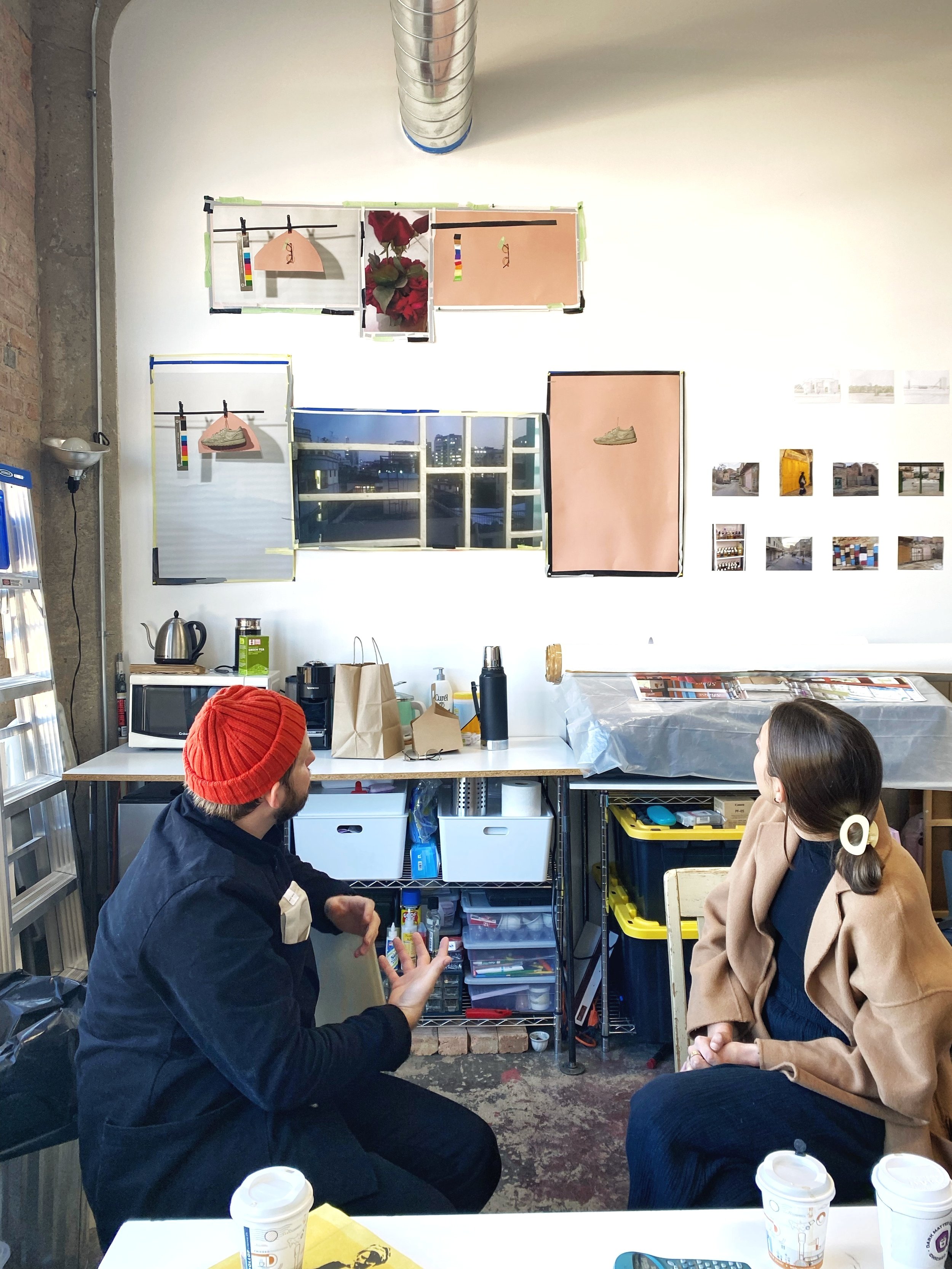
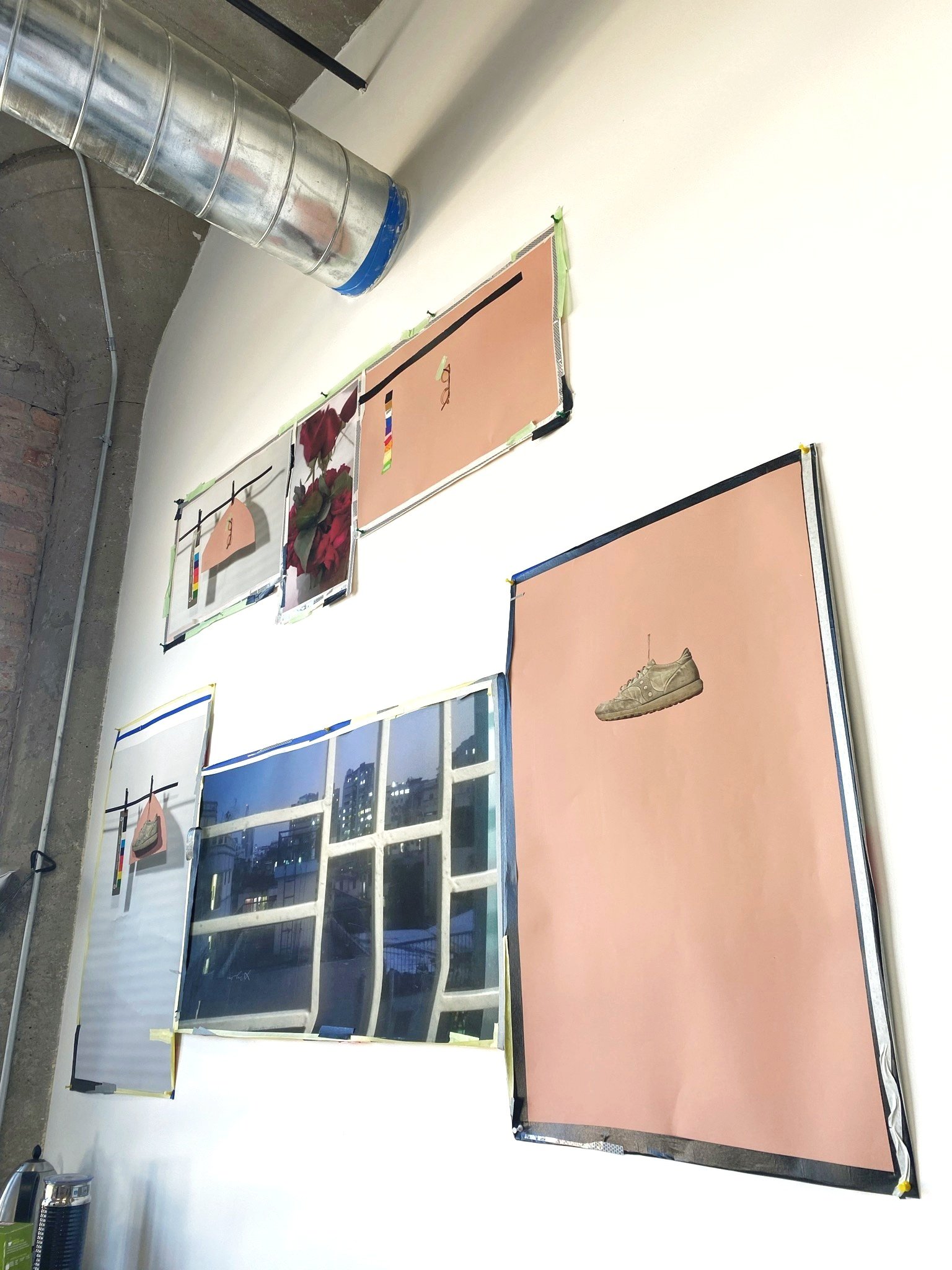
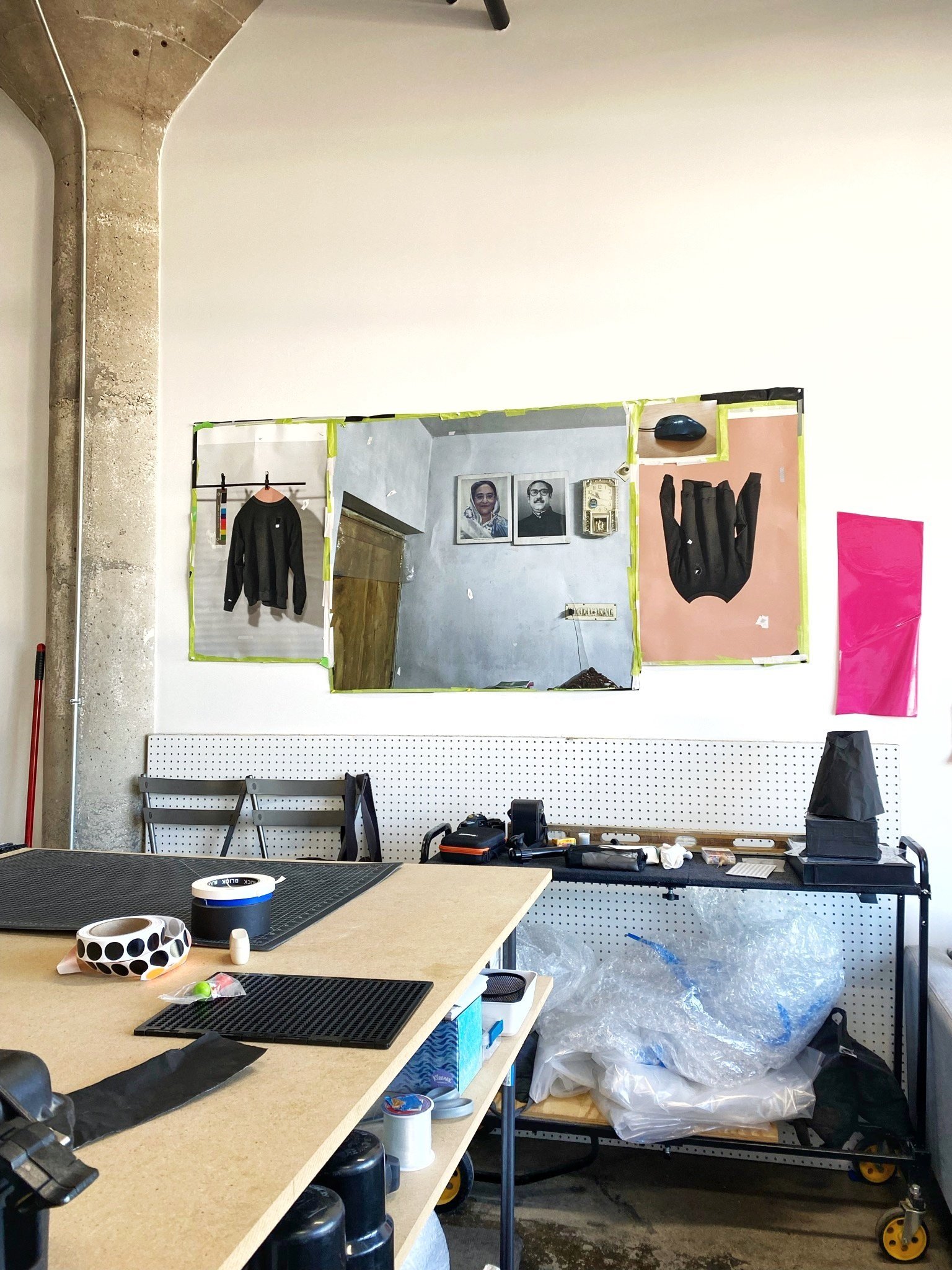
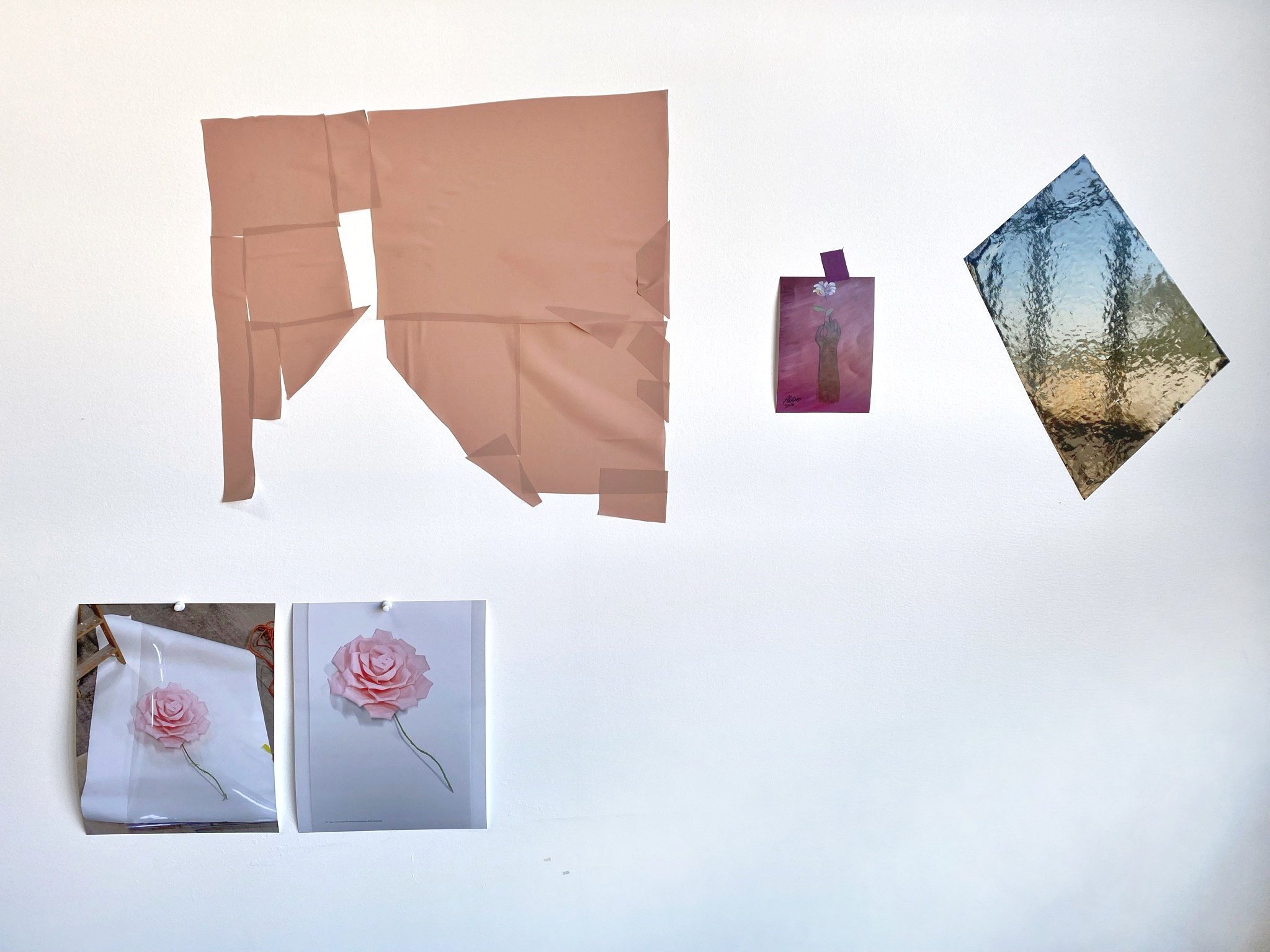
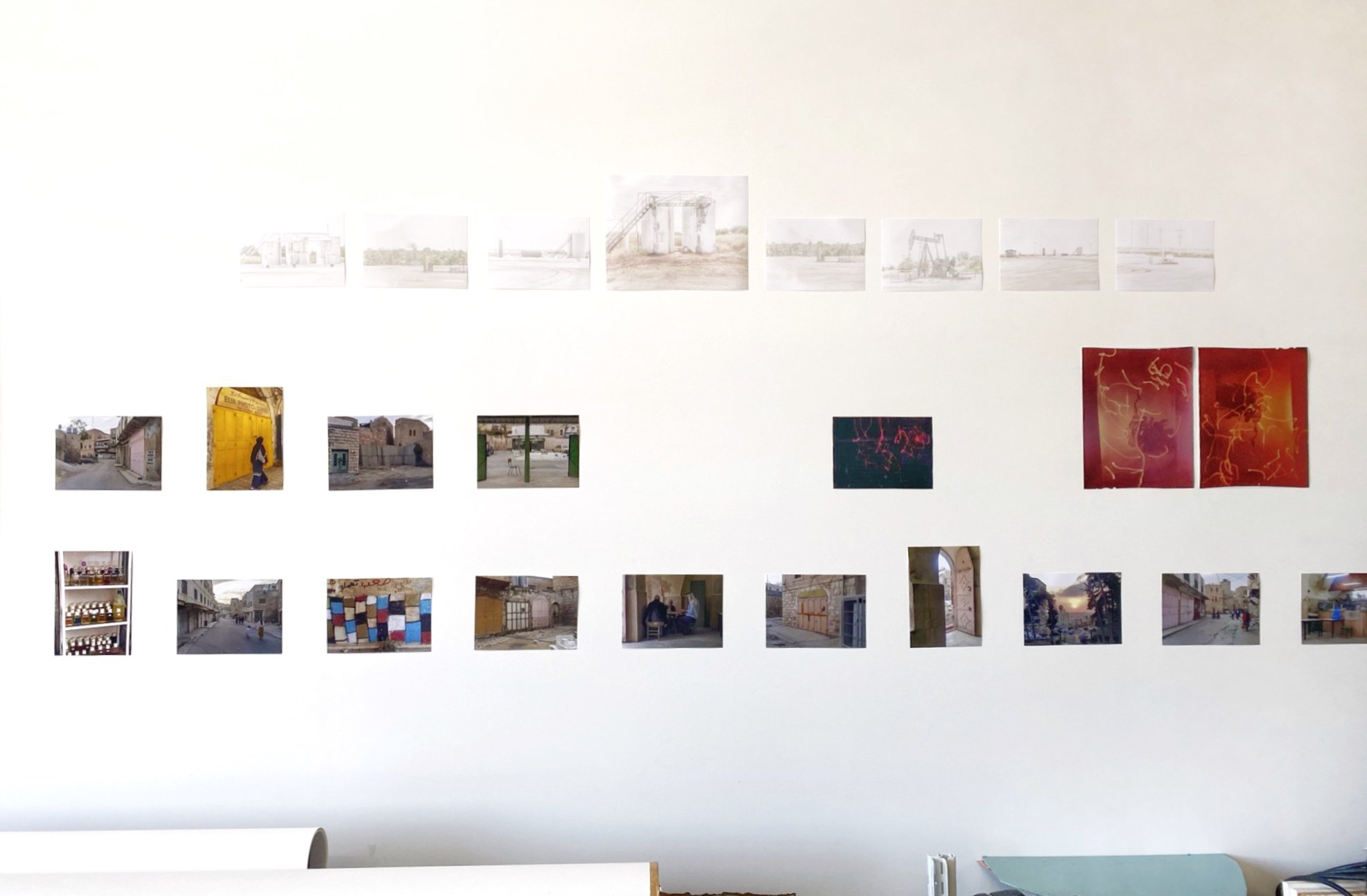
Always workshopping ideas, Heishman has several other projects in process. A similar photo/video project is taking place in Palestine, where he has been able to visit his collaborators twice in person. He is also investigating the effects of fracking in the Midwest and the earthquakes brought upon by this activity. In an entirely different spectrum, he is researching and documenting the Kansas City underground drag queen scene in the 1950s and 1960s. This particular project started with found carousels of slides in a scrapyard, which he and collaborating artist Michael Boles proceeded to share with the world. From there, the power of the internet took hold with browsers sending inquiries about the individuals in the images. This engagement inspired Heishman and Boles to visit places such as Missouri, Florida, Nevada, all the way to Australia, interviewing (now-elderly) drag queens from the found images. The project, titled "Private Birthday Party," was written about in New York Magazine.
There is yet another photographic series that is ongoing which seems a great fit for the office environments we often work in. This series is titled _IMG. Heishman views this body of work as a continuous drawing practice that interplays with his photography-- pondering the consumerism of imagery and exposing the reality of the constructed space.
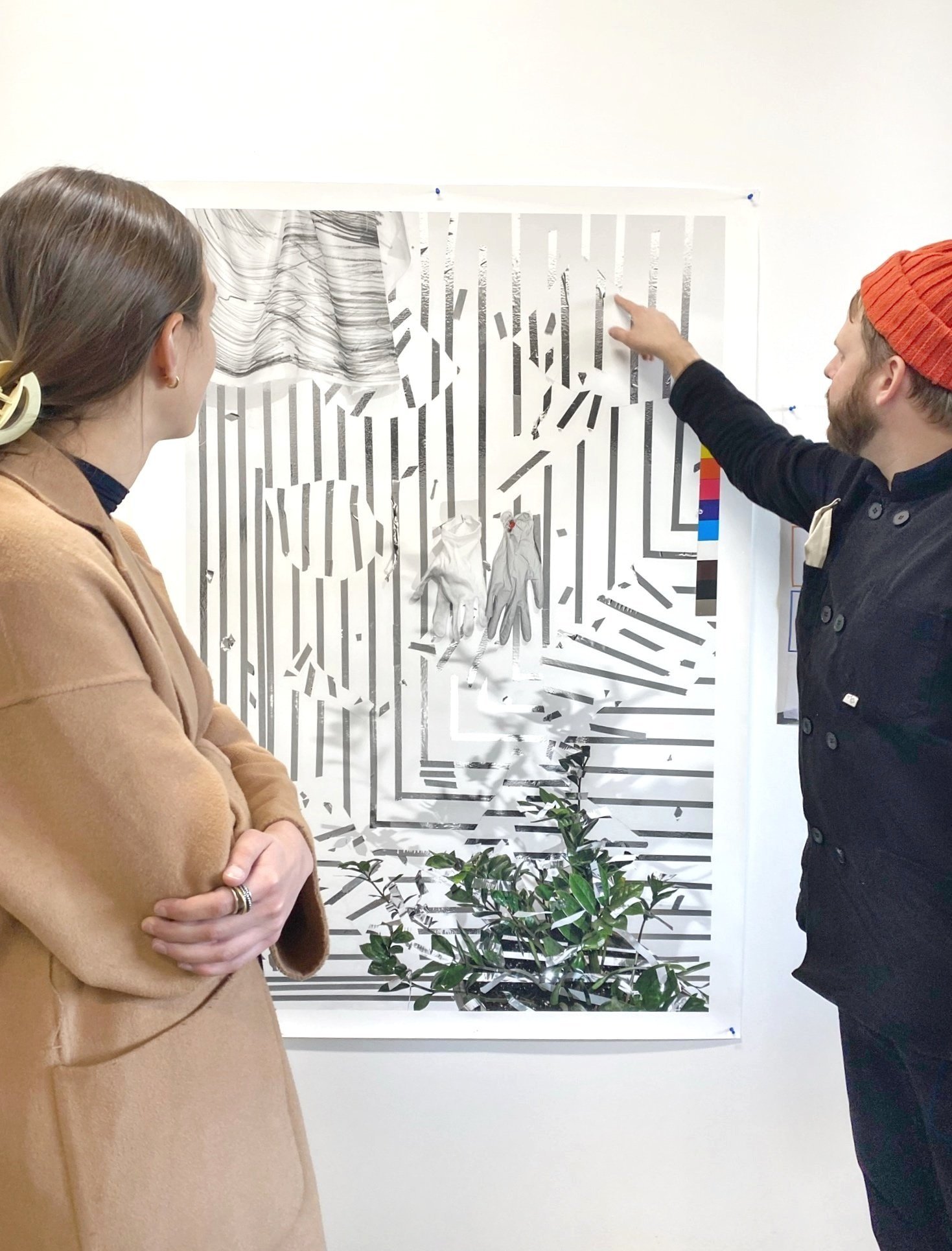

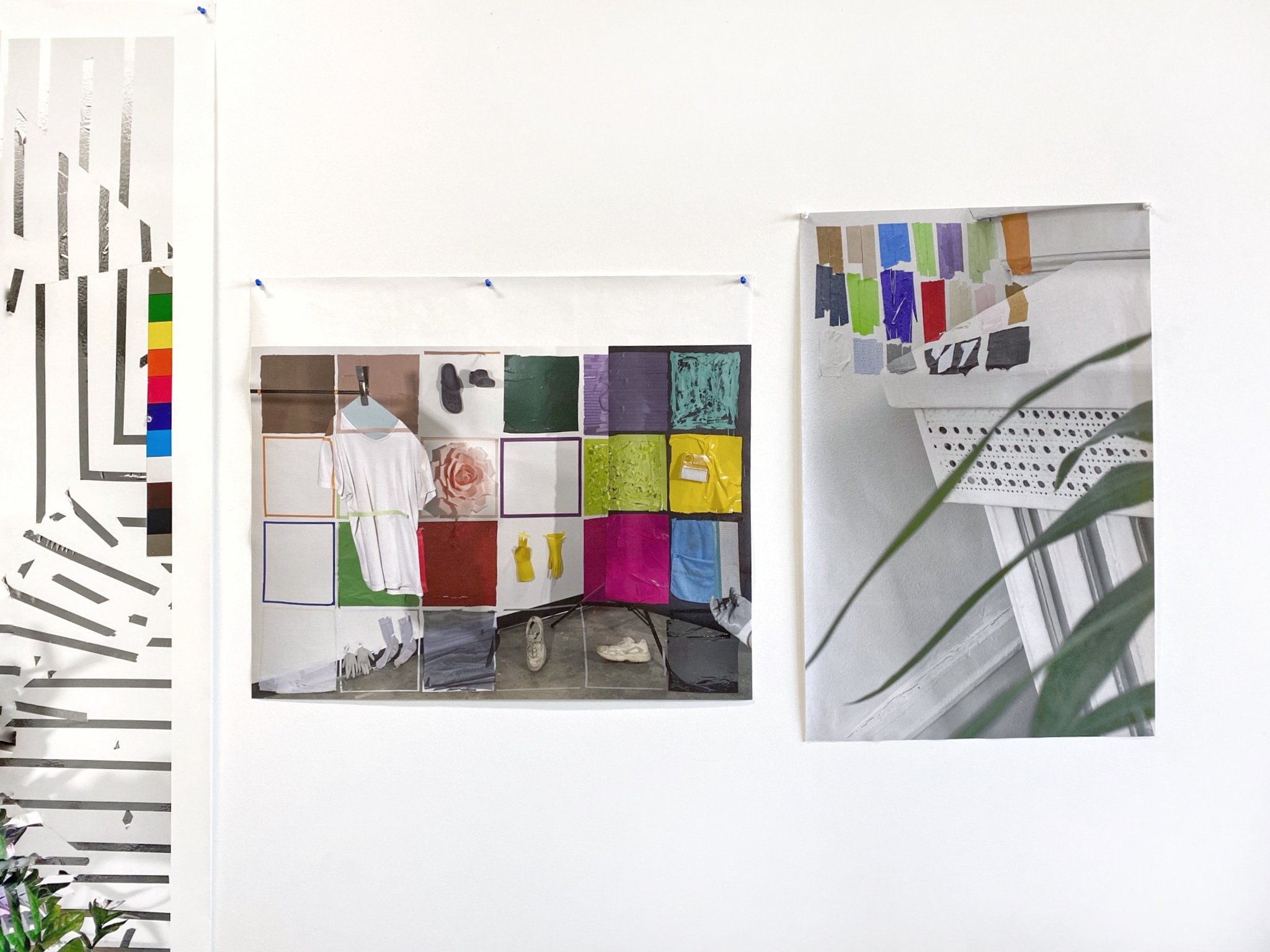
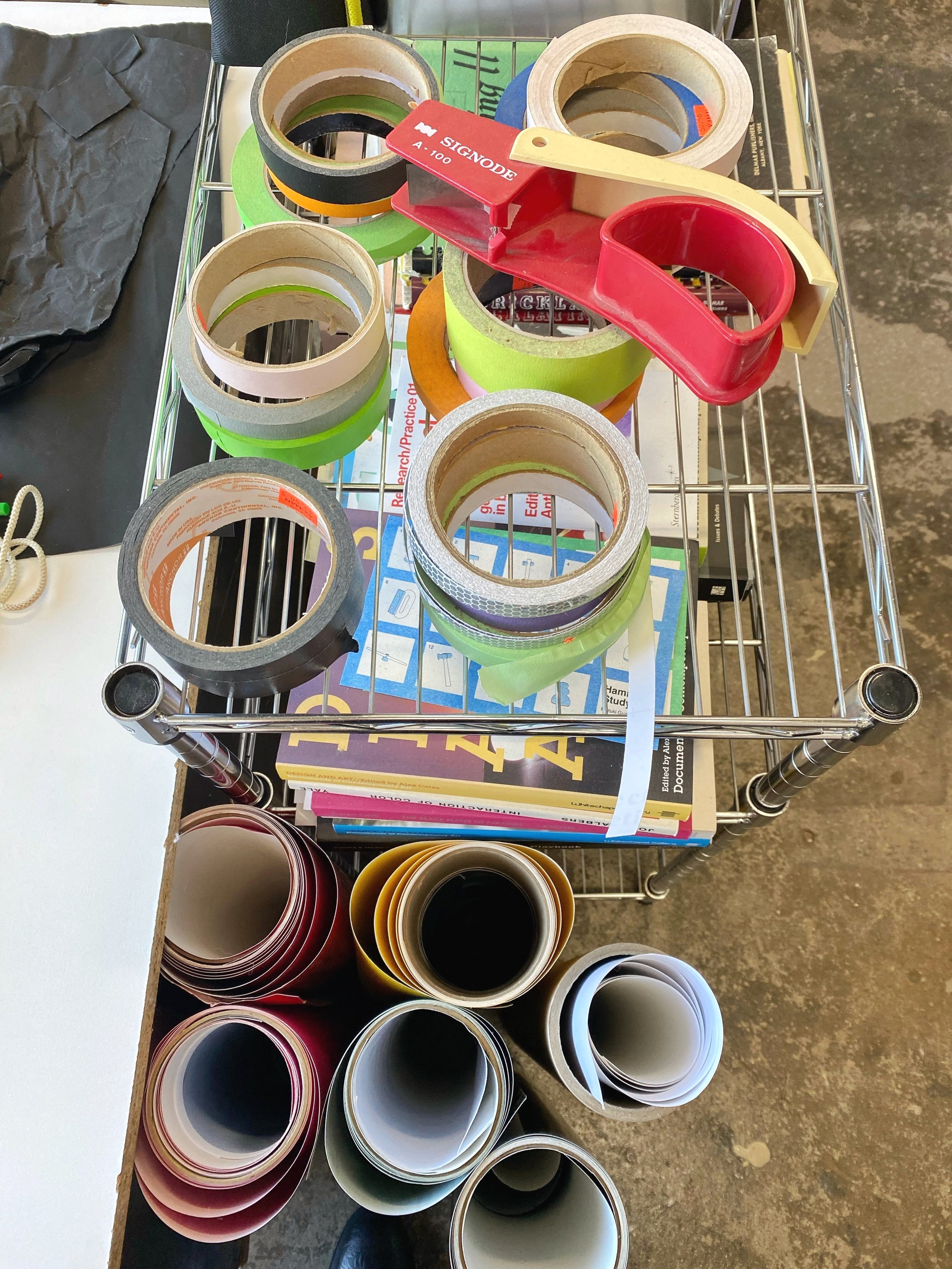
_IMG compositions are like trompe l’oeils in that they question reality in a medium (photography) that is presented as straightforward. Much like a painter would use a brush to sketch, Heishman, curates props, directs light and shadows, and varies camera settings to present his audience with a final composition. The setups seem familiar, like a still life, but there is a disruption in every work. When looking at _IMG pieces, there is a surreal quality of dimensionality. Within the physical environment, Heishman lays colorful painter’s tape to create perspective lines towards the audience or grids in which to visually organize or obstruct narrative props.
The visual effect could be attributed to Photoshop, however, upon closer inspection, you realize this is a real environment captured within the image. The space is transformed through the curation of Heishman's staging. He cuts and shapes the tape, molds props to narrate a thought, and uses lighting equipment to flatten some areas while giving bold contrast and depth to others. He steps back behind the lens, adjusts all settings, and snaps. The surreal environment is documented.
To be around Heishman himself, you notice he is attentive, calm, and introspective, whereas his artwork brings more intense energy, often reading as a balancing act of chaos in a single still. It is this fascinating opposition that contributes to his captivating practice, one we look forward to following as he pursues his ongoing projects, continuing to explore and expose.
To see more of Robert Chase Heishman’s work, check out his website or Instagram.
